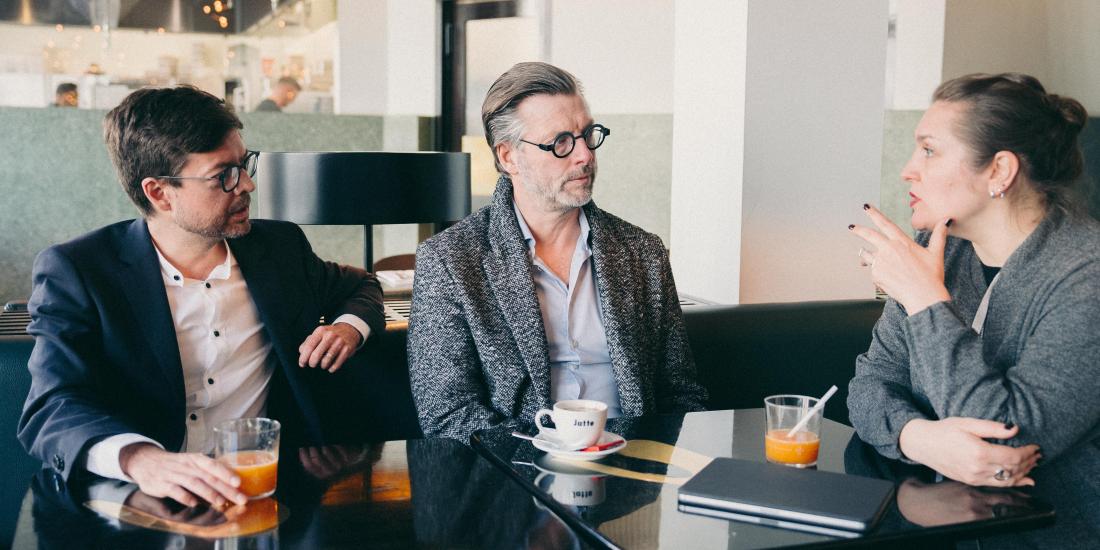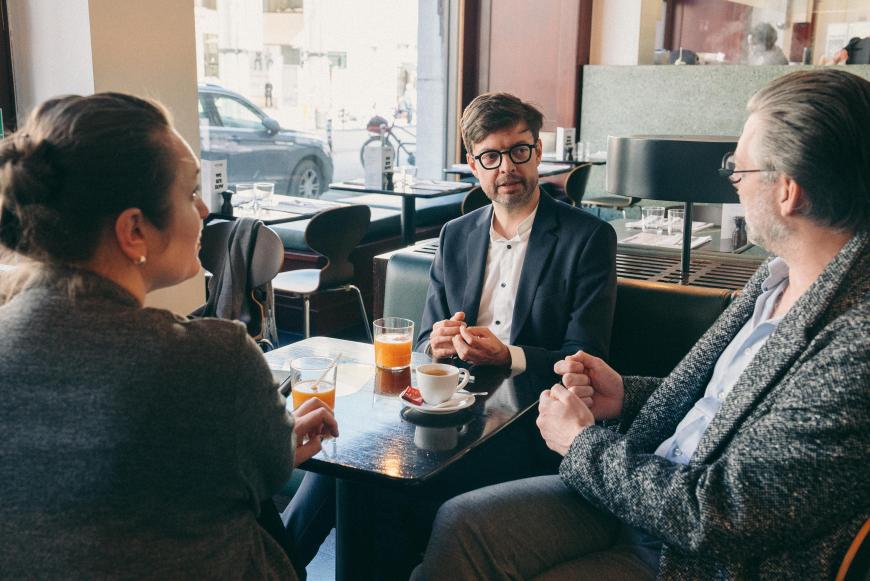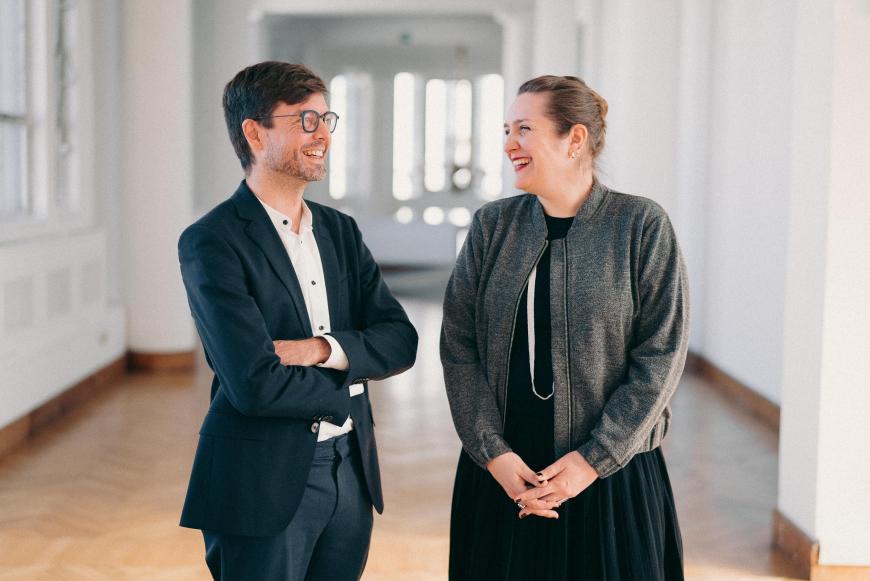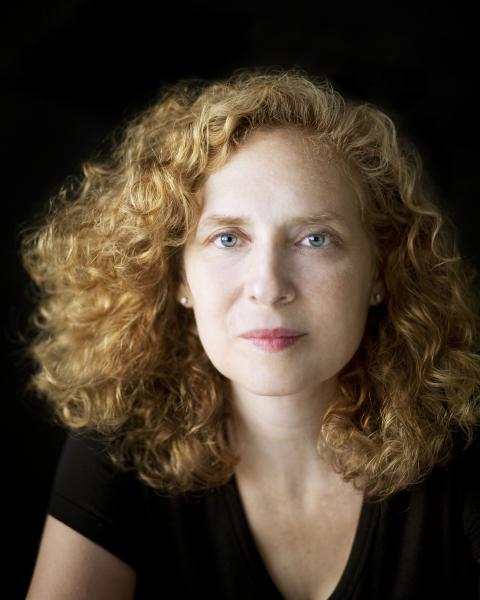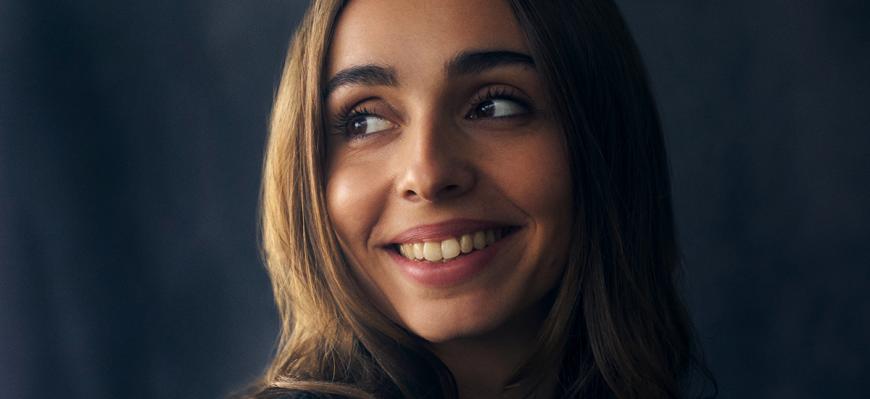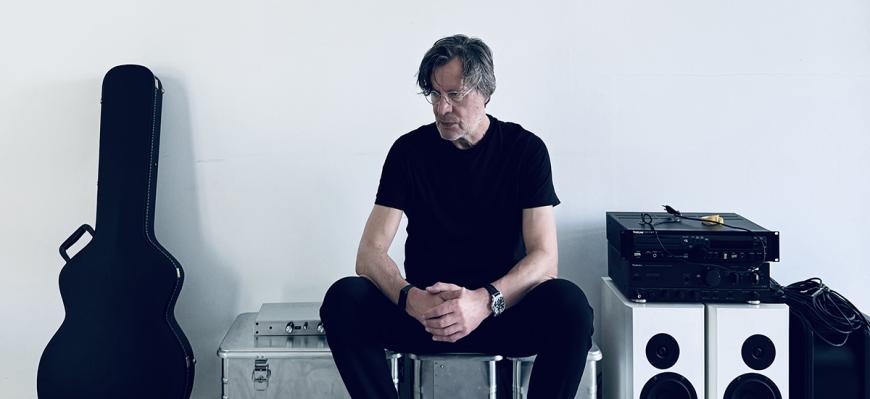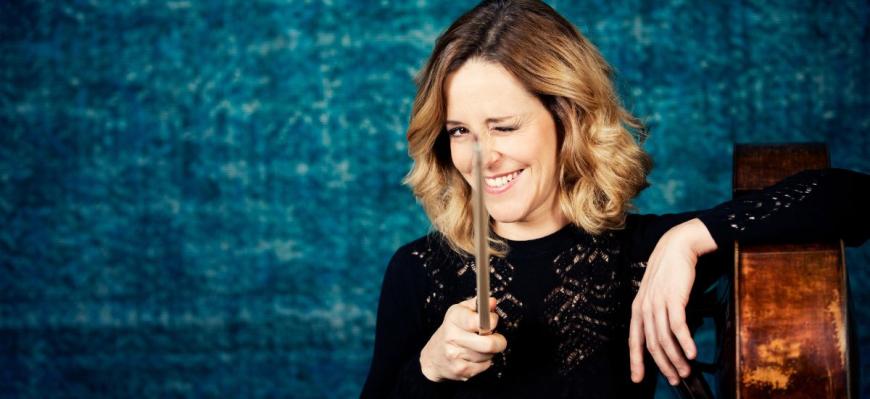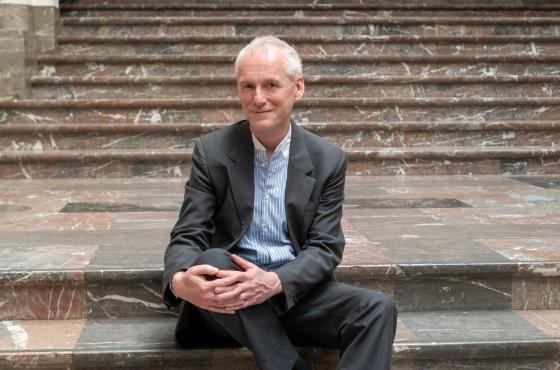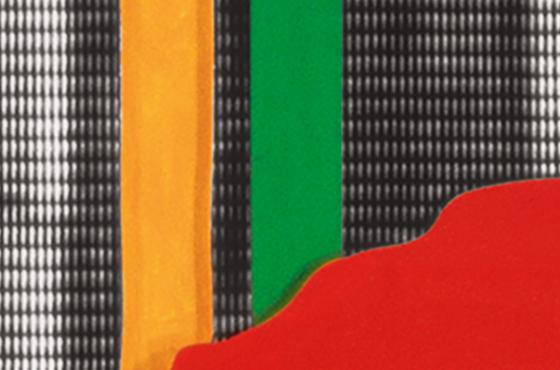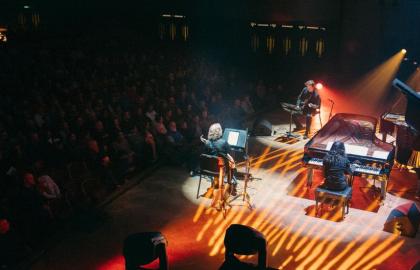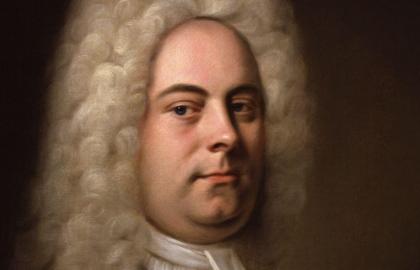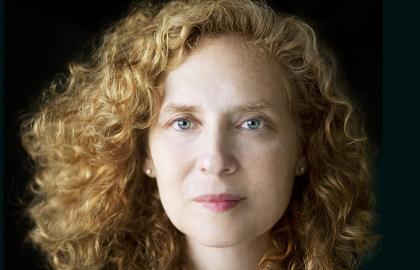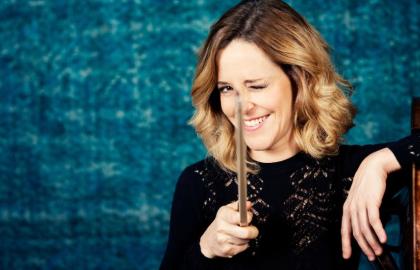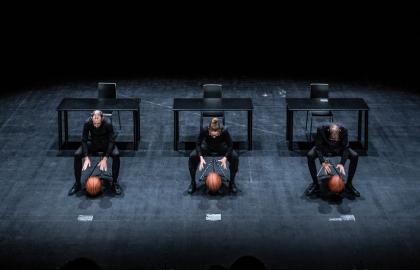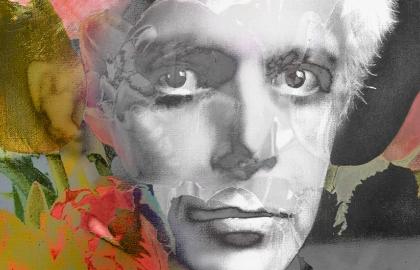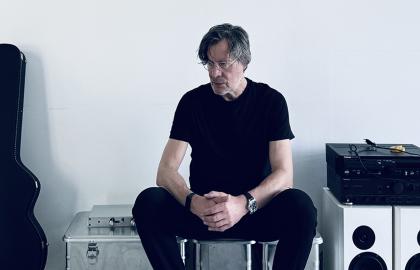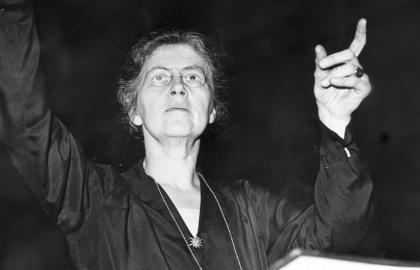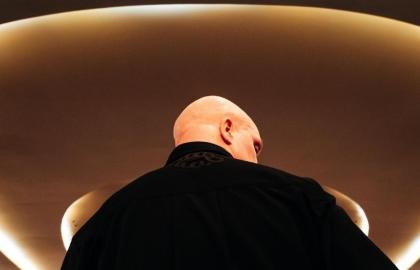Jeroen and Aurore, last season you expressed the desire to be transmusical. How is that desire expressed in ’25-’26?
Jeroen Vanacker: Our festivals are good examples of how we bring diverse musical genres into dialogue. We are launching the percussion festival Beats & Pieces, which goes a long way towards combining classical music with global, jazz and electronic music. Our festival focusing on the composer Bartók also includes dance and the obvious link with folk. We take a 360° perspective to find everything we can connect up. Even if you only recognise one name on the bill, we invite you to come and discover new things the way you would at a summer festival where not everything is familiar either. There are even excursions into other disciplines.
Aurore Aubouin: On the subject of different disciplines, it’s really important to us to work in a co-creative atmosphere with our orchestra in residence, the Belgian National Orchestra (BNO). A good example is the project with the rapper Scylla, for whom the BNO musicians are going to compose arrangements.
So it’s no coincidence that there are three of you in this interview?
Bob Permentier: It will be an important season for the BNO, because we’re going to ‘touch down’ at the site again. We’ll get our own rehearsal space opposite the Palace of Fine Arts and also work together with Bozar more on the orchestra’s programme. We share a curiosity about transmusicality and hold meetings on it every two weeks. The in-house orchestra should be part of what the Centre represents.
Vanacker: We’ve been looking deep into each other’s eyes, as it were. The challenges ahead are there to be faced together. I think there’s hardly a single theme or festival at Bozar that doesn’t include the BNO.
I think there’s hardly a single theme or festival at Bozar that doesn’t include the BNO.
What shared challenges lie ahead?
Permentier: We’re convinced that there is a wider audience of music lovers who currently steer clear of the classical concert experience. Sometimes we need to venture into genre crossovers to meet people on their own territory and gain their trust.
Vanacker: Right, that’s one way of attracting a new audience, but from next season we’ll be committing to education together as well. Education is an old-fashion word, but it’s still essential. Symphonic Date is a new concept with the BNO and Thomas Vanderveken, and its goal is to focus in depth on one masterpiece. The first step is an inspiring and interactive introduction.
Permentier: In many cases, we do still start with classical repertoire: what are the traditional cycles? The major works? In a few cases, we are going in search of fragility. Fragility can give rise to energy, enthusiasm and motivation. I want to introduce that to the orchestra too – to spark curiosity. The most important thing is to say, “this is allowed to fail.” That reassures people. It doesn’t mean it necessarily will fail, of course, but you open up that mindset. We are trained to achieve and defend the highest level in the performance of repertoire, but that can sometimes hold us back from trying new things.
Aubouin: There’s a big project, for example, Fire in My Mouth, with scenery, costumes, lighting, video, etc. We’re teaming up with La Monnaie as well as the BNO for that, because to make it all happen, we need the strengths and skills of all three cultural partners. La Monnaie is providing the scenery and the girls’ choir, Bozar is taking on the production and the BNO is the orchestra.
Julia Wolfe is one of next season’s portrait artists. Why is Bozar an ideal home from home for these artists?
Vanacker: We’re really pleased and proud that we can put Wolfe’s music in the spotlight throughout the season with seven concerts, two of which are with the BNO. We want all of our portraits to show every facet of the artist. For Julia Wolfe, these facets range from the solo violin to Fire in my Mouth. In Lea Desandre’s case, there will be a small baroque programme, a gala evening with the BNO and a staged project with music linked to Julie Andrews.
Aubouin: Lea Desandre is a soprano from the new generation, who is the perfect embodiment of how young musicians embrace diversity today. They are capable of exploring new horizons, seeking out new things, taking certain risks and presenting themselves in a different way.
What is the relationship between the focus series and these portraits?
Vanacker: Portrait artists – the others are Sol Gabetta and Fennesz – are prominent living artists who come and perform for us. The focuses have more to do with telling stories. There’s storytelling about Handel, which includes orchestral music, a family production and an interpretation by Hendrik Lasure and Philippe Thuriot as well as his great oratorios. There’s another narrative line about several remarkable 20th century works, from their creation to the impact they have had. We’ll be taking a transmusical approach to that too, because we’re talking about Keith Jarrett, Ryuichi Sakamoto and Pauline Oliveros. A third story is about Nadia Boulanger. International Women’s Day is the perfect moment to highlight her pioneering work.
Fragility can give rise to energy, enthusiasm and motivation.
What collaborations are waiting in the wings?
Vanacker: Collaboration is a key word for the way we work at Bozar. There are many partners for the festivals: Klarafestival, Abrupt with Arty Farty Brussels and the Flamenco Festival with Europalia. We are also going to focus more on the Queen Elisabeth Competition by telling stories about the cello for the 2026 edition. Alongside these collaborations with the outside world, we also collaborate internally with the exhibitions team. There are two concerts linked to the Goya exhibition and three for the Beauty and Ugliness exhibition. So we try to be really transdisciplinary as well as transmusical.
Aubouin: And to create coherence at Bozar in general. As we do in the Staging the Concert format, which we present in collaboration with visual artists, choreographers and musical ensembles including the BNO. We believe that collaboration in every form is an essential strength in today’s society.
